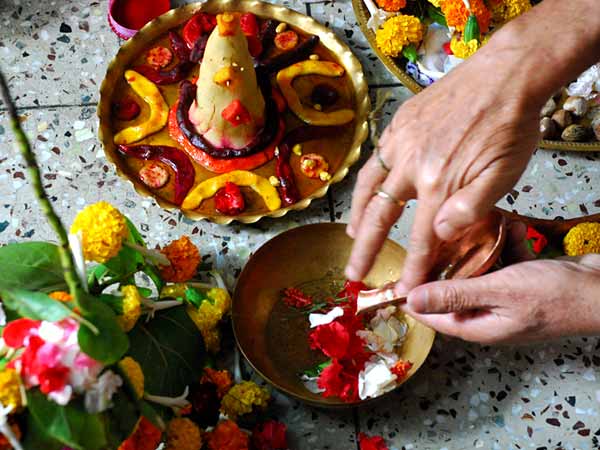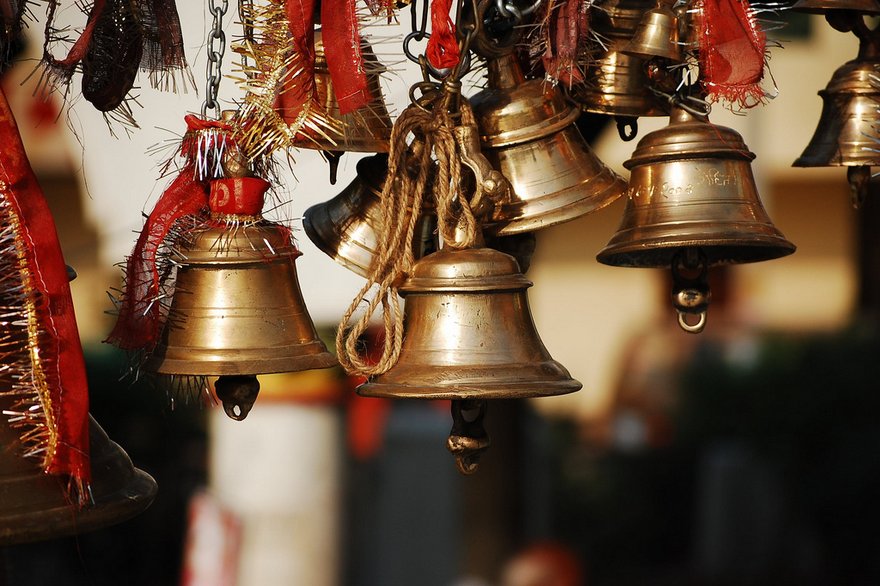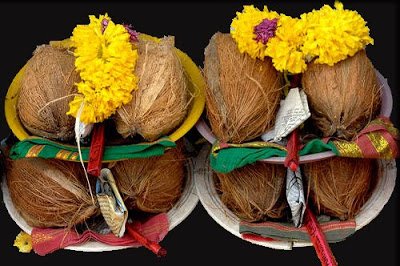If you remove religious rituals from the mix, most religions will start to look the same. After all, the common message from all religions is almost the same – do good, be thankful, aim towards self-attainment. Some religions believe in life after death and some don’t. But by and large all propagate the same message. If so is the case, why does worshipping mean performing religious rituals?
Does any of the religious books mention about lighting candles, diyas, incessant sticks, putting chaadar or something else? A logical observer may feel that these are tools to do religious business but if so is the case why hasn’t anybody abolished these practices?
The role of rituals
Rituals are an important part of life; not just of religion. For example, look at the “ritual” of blowing candles on a birthday or of clapping and cheering during a performance or something else. While we may not look at these behaviours as rituals but on close inspection they do appear to be so. These events seem a little empty if done without the ritual accompanying them. So, what are rituals? Rituals are repetitive acts, often with a symbolic meaning. They act as a template to guide us during a situation or an event. They also help us express feelings or reaffirm certain things.

How did the practice of religious rituals start?
Many processes of religion had a common-sense or a symbolic meaning to it. Lets analyse few of the commonly known rituals:
Diyas
Lighting of diyas in the morning or evening originates from the days when there was no electricity. Diyas were lit to help people have enough light to bathe, worship and do other work for the temple when its dark.
Incense sticks
Incense sticks were a way to keep mosquitoes and other insects away so that no one gets disturbed while praying. It also had the double benefit of smelling good which helped to make a pious environment for worshipping.
Candles in the church
Candles would help to keep light in the church as well as act as a reminder of the “light of Christ”. Further, lighting the candle would mean that your prayer would last longer till such time the candle lasts.
Some more Religious Rituals
Temple Bells
According to Sanskrit scholars, temple bells are made with specific metal compositions in order to produce a particular sound, for exactly 7 seconds. This tone is loud and clear without being crass. The purpose is to clear the mind of ongoing thoughts and then entering the holy interior.

Chaadar in the dargah
A dargah is a tomb of a very pious or holy person. The chaadar started as a way of helping people distinguish the tombs of such people. This was done so that people could easily pay homage to the tomb and also not misbehave around it.
Importance of coconut
Coconut is a tree of which each part can be used. The coir is used to make ropes, the water is used for medicinal purposes. Therefore, coconut is signified as Kalpvriksha or the divine tree of life. Thus, it is offered in temples because the tree which has divine significance is best in terms of giving as an offering to God.

Fun Fact: If it’s impure to wear footwear inside temples and masjids, why is it allowed in churches?
There can be many reasons. A couple of them seem most explanatory. One, that shoes are a part of dressing and it is good to “wear your Sunday best” when going to meet God. Therefore, the good shoes are just a part of the good dress to meet God.
The other explanation is that shoes are not seen as dirty in western culture and are often allowed to be worn inside houses too. (Since roads tend to be clean over there, there’s no need to worry about the dirt or germs the shoes may bring inside the house). Therefore, it is not surprising that they are allowed inside churches.
Religious Rituals have historical existence
An important aspect of religious rituals is their historical existence. We become superstitious and fear that something wrong may happen if we stop following the practices which for ages were believed to be an act of pleasing or respecting God.
There is also a comfort factor involved. For example, if someone is used to doing pooja in the mornings, they get an odd comfort by going through the small aspects of the routine. When they are stressed or worried, this routine can be comforting and helpful.
Thirdly, because doing anything repeatedly becomes part of muscle memory it helps us to lose ourselves. Yes many of rituals are now archaic and need to be stopped but question is who is going to do it? In a country like India where questioning anything about religion is a strict no-no, can someone muster the courage and dare to do something different?
Is change happening?
Whether we realise or not, change is happening. We all know about the environment friendly idols which have come up in recent times. They are made of chocolate or some other environment friendly material. The paints used on them too are non-toxic in nature. The clothes and jewellery are painted on idols rather than actually putting them on.
Not just idols but even for other things like diyas now electric lamps are available as a substitute. During Diwali and Holi enough campaigns happen around making it a water free Holi or a cracker free Diwali. For festivals like Uttarayan/Sankranti people advocated against the use of releasing paper lanterns in the night because birds were getting caught in them and dying.
So these subtle nudges are surely coming along well and helping people see the bigger perspective. However a lot needs to be done. Hopefully sooner than later, worshiping will be an act of devotion than an act of following religious rituals step by step.

Religion in India is a Multi Crore Business
Comments
Powered by Facebook Comments
